#Roy Raymond
Text
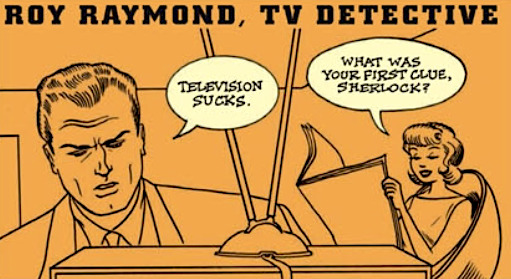
Solo #5 (2005) by Darwyn Cooke
#roy raymond#tv detective#darwyn cooke#solo#2000s#2000s comics#dc#dc comics#comics#tv#television#television sucks
3 notes
·
View notes
Text
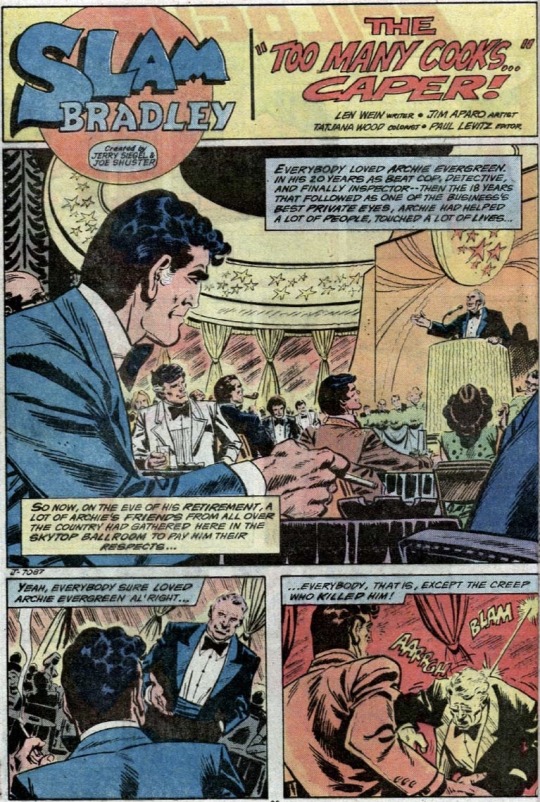


Detective Comics (1937) #500
#I love that this is a story in the special anniversary issue that just includes a bunch of dc comics detective characters#dc#christopher chance#slam bradley#mark compass#jason bard#rick carter#roy raymond#ohiyesa smith#my posts#comic panels
0 notes
Text
26 agosto … ricordiamo …
26 agosto … ricordiamo …
#semprevivineiricordi #nomidaricordare #personaggiimportanti #perfettamentechic
2019: Isabel Toledo, nata Maria Isabel Izquierdo, è stata una stilista e imprenditrice cubana naturalizzata statunitense, stabilita a New York. Toledo è stata direttrice creativa di Anne Klein. (n. 1960)
2017: Tobe Hooper, William Tobe Hooper, è stato un regista, sceneggiatore, produttore cinematografico e attore statunitense, specializzato nel genere horror. (n. 1943)
2017: Nanni Svampa, vero…

View On WordPress
#26 agosto#26 agosto morti#Charles Boyer#Elizabeth L. Russell#Felice Romano#Gail Russell#Giovanni Svampa#Isabel Toledo#Katharine Edwina Gibbs#Kay Francis#Leonidas Frank Chaney#Lon Chaney#Maria Isabel Izquierdo#Maria Mauban#Nanni Svampa#Robert Denning#Roy Raymond#Tobe Hooper#William Tobe Hooper
0 notes
Text
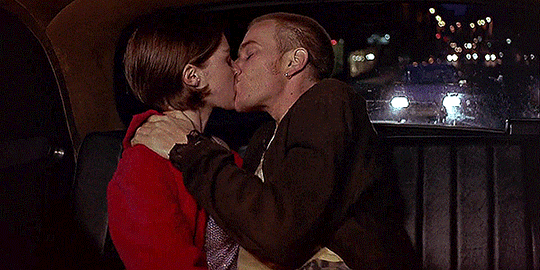


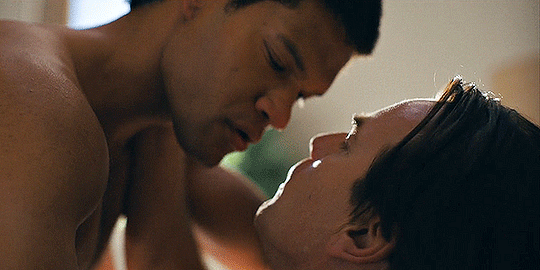
Happy International Kissing Day 💋
#ewan mcgregor#trainspotting#mark renton#raymond and ray#raymond harris#moulin rouge#christian moulin rouge#halston#roy halston#international kissing day#phoenixspencer gifs
246 notes
·
View notes
Text
Oklahoma Governor DILFs


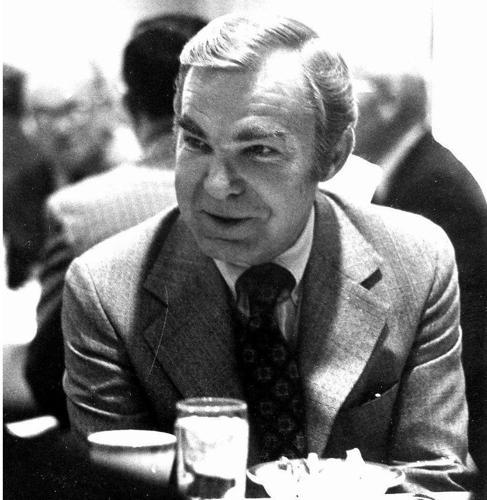


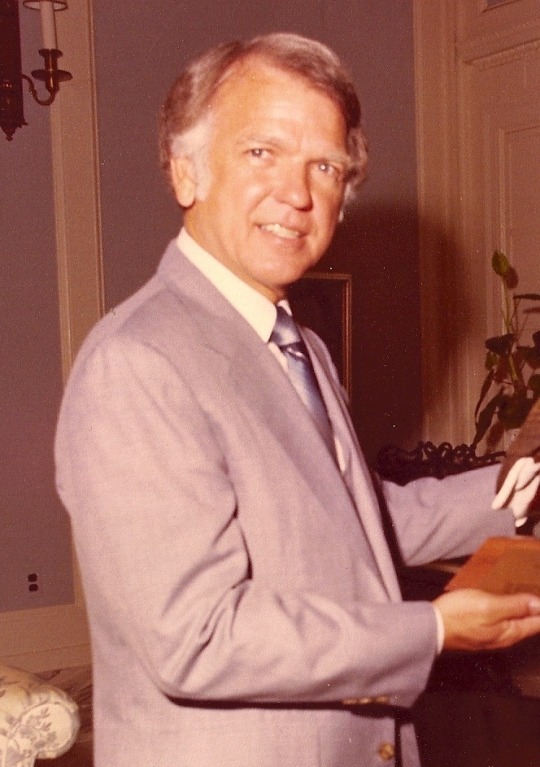
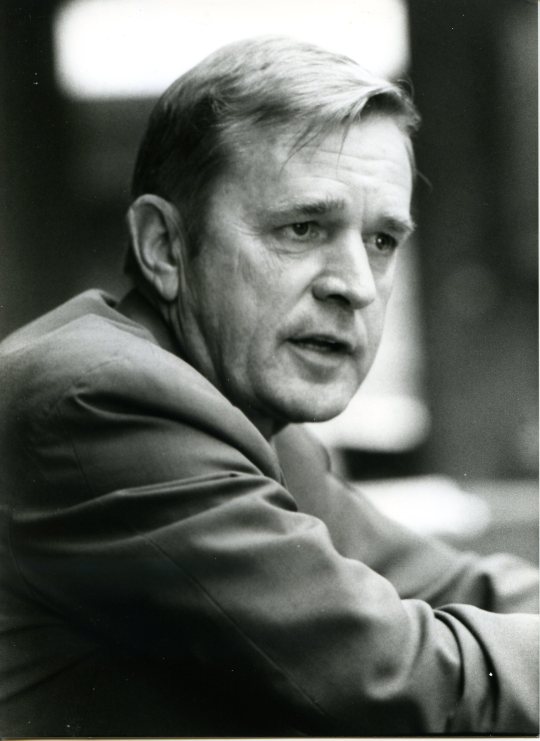



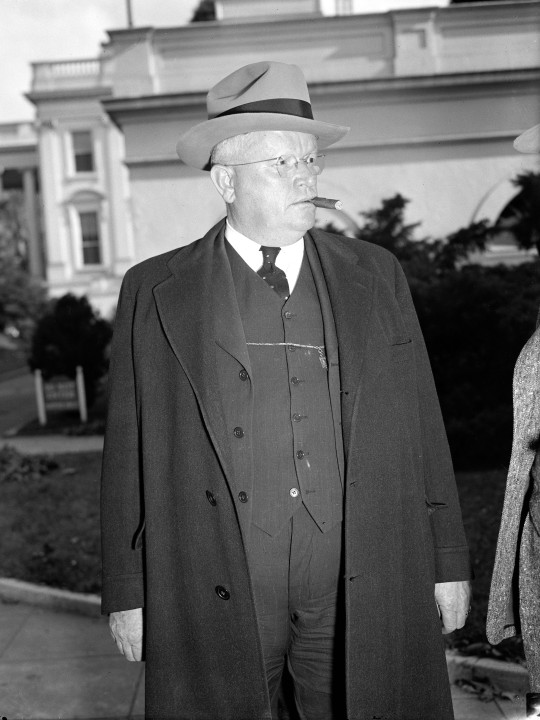




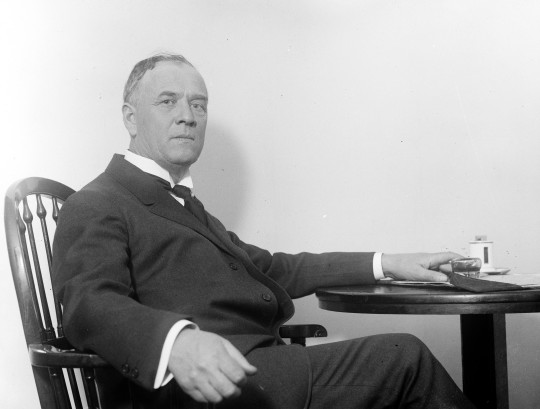
Kevin Stitt, Brad Henry, J. Howard Edmondson, David Boren, Henry Bellmon, George Nigh, Dewey F. Bartlett, David Hall, David Walters, Johnston Murray, Leon C. Phillips, Robert S. Kerr, Roy J. Turner, Raymond D. Gary, Frank Keating, James B. A. Robertson
#Kevin Stitt#Brad Henry#J. Howard Edmondson#David Boren#Henry Bellmon#George Nigh#Dewey F. Bartlett#David Hall#David Walters#Johnston Murray#Leon C. Phillips#Robert S. Kerr#Roy J. Turner#Raymond D. Gary#Frank Keating#James B. A. Robertson#GovernorDILFs
26 notes
·
View notes
Text


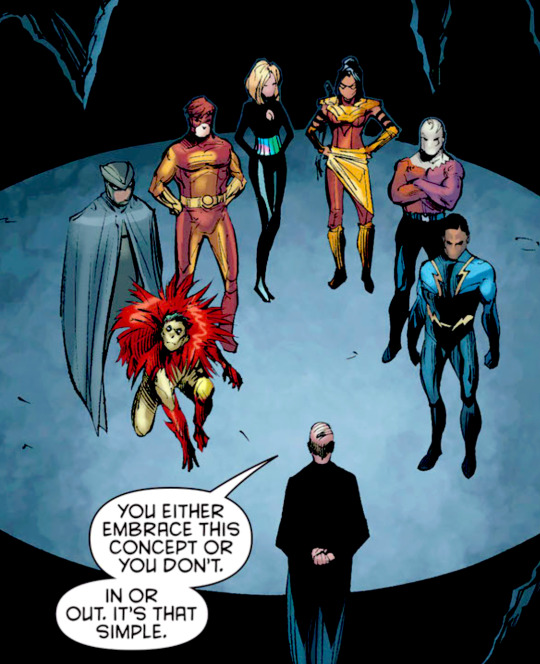
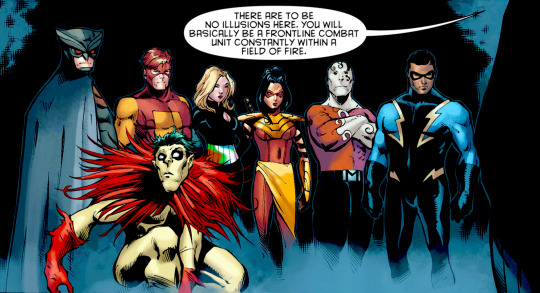

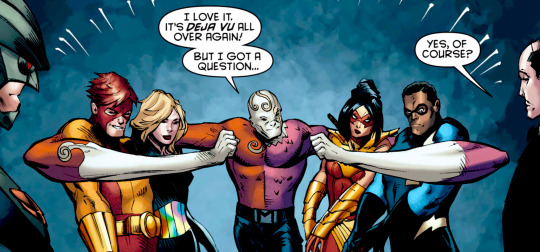

the OG Outsiders are back and sexier than ever
Outsiders vol 4 #15
#alfred pennyworth#jefferson pierce#brion markov#dc comics#tatsu yamashiro#gabrielle doe#rex mason#dc#outsiders#owlman#halo#the creeper#jack ryder#black lightning#roy raymond jr#comics#katana#metamorpho#geo force#outsiders vol 4
44 notes
·
View notes
Text



Three Fathers by Denise Zhang.
434 notes
·
View notes
Text

Both with the Invaders and by ourselves, Bucky and I fought the battles of freedom on a two-front war…
(Captain America #215)
#captain america#steve rogers#the invaders#james bucky buchanan barnes#namor#namor the sub mariner#namor mckenzie#prince namor#the human torch#jim hammond#toro#thomas raymond#union jack#Brian falsworth#spitfire#jacqueline falsworth#world war two#flashback#team up#roy thomas#george tuska#marvel comics#comics#70s comics#bronze age comics
17 notes
·
View notes
Text


By Rachel Hartigan
Published: 9 March 2023
The history of the first women who flew is a tale of breathtaking bravery and lives cut tragically short.
On 8 March 1910 — 113 years ago today — Raymonde de Laroche, a former Parisian stage actress, became the first licensed female pilot in the world.
Nine years later, she was killed when the experimental aircraft she was flying dove into the ground.
Harriet Quimby, a well-known journalist, became the first American woman to obtain a pilot’s license in 1911.
She died a year later when her new plane pitched her into Boston Harbor.
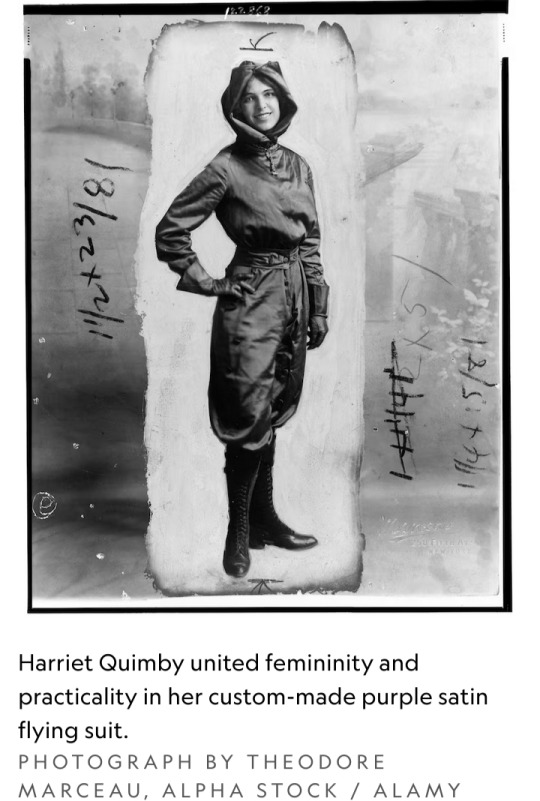
In 1921, Bessie Coleman was the first Black woman to receive a pilot’s license — she had to travel to France to find a flight school that would teach her.
But five years later, she was killed when a wrench got caught in her plane’s controls, sending the plane plummeting.

Flying was perilous in aviation’s earliest days.
"The planes were flimsy contraptions fashioned from bamboo, wire and fabric,” according to the late historian Eileen Lebow.
They didn’t have seat belts or even a roof to hold the pilot should the aircraft flip over.
Yet women like Laroche, Quimby and Coleman were willing to risk their lives for the freedom that flights promised.
“Aviation was a new profession seemingly free from the gender expectations and sex typing that limited women elsewhere,” noted historian Susan Ware at the National Air and Space Museum’s inaugural Amelia Earhart Lecture in Aviation History in 2022.
“Women were getting in at the beginning.”
For many of them, the thrill of flying was intoxicating but so was the opportunity to be assessed on their own merits.
“These women wanted to be judged as human beings rather than as women,” says Ware.
Coleman especially saw flight as a path toward broader gender and racial equality.
"I knew we had no aviators, neither men nor women, and I knew the Race needed to be represented along this most important line,” she said shortly after she returned to the United States from France in 1921.
“I thought it my duty to risk my life to learn aviating and to encourage flying among men and women of the Race who are so far behind.”
Before she died, she’d planned to open a flight school that would welcome African American aviators.
Many early women fliers shared the dream that achievement in this field would lead to more independence.
As one journalist and amateur pilot wrote in 1930, “A woman who can find fulfillment in the skies will never again need to live her life in some man’s spare moments.”

Some of that independence would come from the ease of travel that aviation promised in its earliest incarnation.
Many people, including Amelia Earhart, believed at first that airplanes would become as commonly owned by families as bicycles and automobiles already had.
Other women embraced the financial independence that they thought the new field would offer.
Neta Snook, whose first solo flight was in a plane she rebuilt, made her living by offering up her plane for aerial advertising, test flying experimental aircraft, taking paying passengers up for aerial tours, and teaching beginning fliers, including Earhart.
Gladys Roy, on the other hand, earned good money as a stunt pilot, dancing the Charleston and playing tennis on the wings midflight for amazed crowds at air shows.
(Snook retired from aviation when she became pregnant in her mid-twenties and lived to be 95; Roy died at 25 when she accidentally stepped into a propeller.)
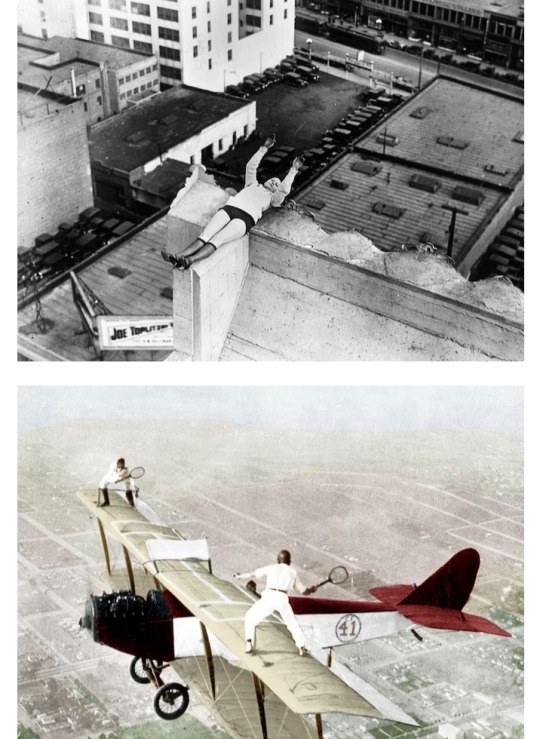

Sisters Katherine and Marjorie Stinson took a more long-term approach, establishing a flight school in Texas with their mother and brother that trained, among others, Canadian pilots in the run up to World War I.
When the U.S. entered the war, the country’s civil aviation — including the Stinson School for Flying — was shut down.
Katherine went to Europe to serve as an ambulance driver while Marjorie became an aeronautical draftsman for the Navy.
War and the development of commercial aviation conspired to dampen women’s hopes of equality in the air.
Experienced women pilots such as LaRoche and Katherine Stinson volunteered to serve in their countries’ nascent air forces during World War I.
They were denied, the military preferring to train unseasoned men.
The same pattern occurred in World War II, although Women’s Airforce Service Pilots (WASPs) did ferry U.S. military planes as civilian pilots during the conflict.
(The Soviet Union, however, had three female air combat regiments.)
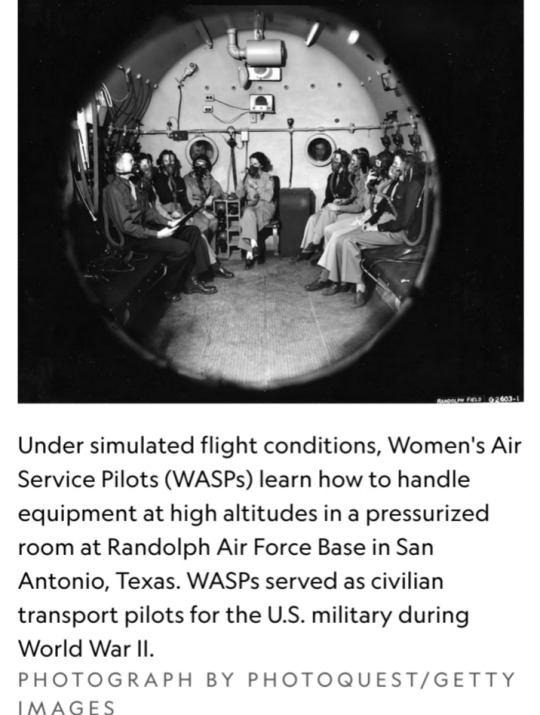
The dream of every family owning a private plane never did materialize; the infrastructure required would have been too extensive.
Instead, the commercial aviation industry developed, hiring men — many of whom had been trained as pilots by the military.
It was no use pointing out, as Earhart did, that "if women had access to the training and equipment men had we could certainly do as well."
Helen Richey became the first female commercial pilot in 1934 but was hounded out of her job.
The U.S. Commerce Department, under pressure from the all-male pilots’ union, decreed that women weren’t allowed to fly scheduled routes in bad weather.
(They’d previously considered “grounding female pilots for nine days a month during menstruation,” according to Ware).
There wouldn’t be another female commercial pilot until 1973, when Emily Howell Warner was hired by Frontier.
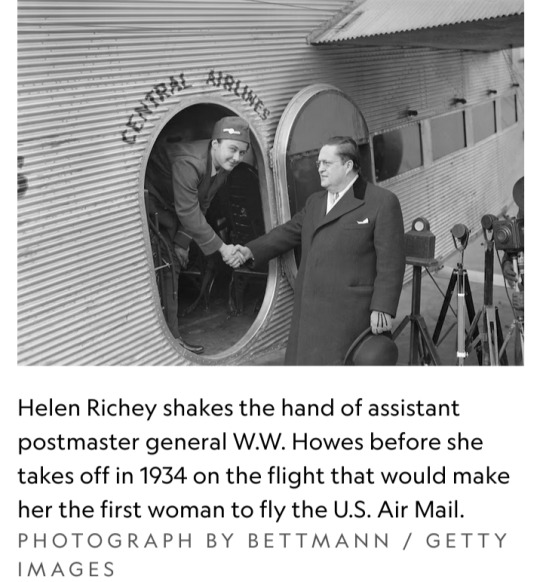
#Raymonde de Laroche#Harriet Quimby#Bessie Coleman#Eileen Lebow#Susan Ware#National Air and Space Museum#Amelia Earhart#Neta Snook#Gladys Roy#Katherine and Marjorie Stinson#Women’s Airforce Service Pilots (WASPs)#Helen Richey#Emily Howell Warner#female pilot#International Women's Day#International Women's Month#National Geographic#Nat Geo
50 notes
·
View notes
Text



-Day 3-
Ray toro in random situations that I could not explain in one sentence
#ray toro#mcr5#my chemical fucking romance#my chem ray#my chemical gender crisis#my chemcial romance#my+chemical+romance#mcr guitar#mcr ray#mcr#ray toro <3#ROY TORO I LOVE YOU SM BRO UR SO COOL#raymond#my chemical ray#my chemical romance#my chemical return#my chem romance
31 notes
·
View notes
Photo
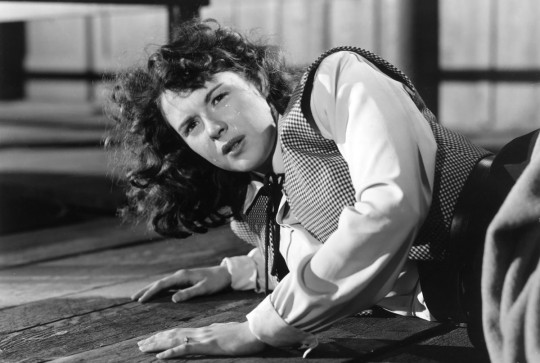
Is this why you raise a daughter? Is this what you love and sacrifice for? What kind of times are these that such things can happen? Only this morning, she was carefree and happy and now...
Outrage, Ida Lupino (1950)
#Ida Lupino#Collier Young#Malvin Wald#Mala Powers#Tod Andrews#Robert Clarke#Raymond Bond#Lillian Hamilton#Rita Lupino#Jerry Paris#Angela Clarke#Roy Engel#Lovyss Bradley#Archie Stout#Paul Sawtell#Harvey Manger#1950#woman director
60 notes
·
View notes
Photo

Firestorm - Peter Nguyen
#firestorm#ronald roy raymond#ronnie raymond#dr. martin stein#peter nguyen#dc#DC comics#comic#comics#comic books#comic book art#portrait#art#justice league
62 notes
·
View notes
Text


@tcmparty live tweet schedule for the week beginning Monday, December 12, 2022. Look for us on Twitter…watch and tweet along…remember to add #TCMParty to your tweets so everyone can find them :) All times are Eastern.
Tuesday, Dec. 13 at 8:00 p.m.
MURDER, MY SWEET (1944)
Detective Philip Marlowe's search for a two-timing woman leads him to blackmail and murder.
Sunday, Dec. 18 at 5:45 p.m.
IT HAPPENED ON 5TH AVENUE (1947)
Two homeless men move into a mansion while its owners are wintering in the South.
#schedule#edward dmytryk#claire trevor#anne shirley#otto kruger#dick powell#mike mazurki#miles mander#douglas walton#don douglas#esther howard#raymond chandler#nat pendleton#roy del ruth#ann harding#charles ruggles#victor moore#grant mitchell#edward brophy#alan hale jr#cathy carter#classic movie#classic movies#classic film#live tweet#twitter event#film noir#christmas movies#1940s movies
16 notes
·
View notes
Text
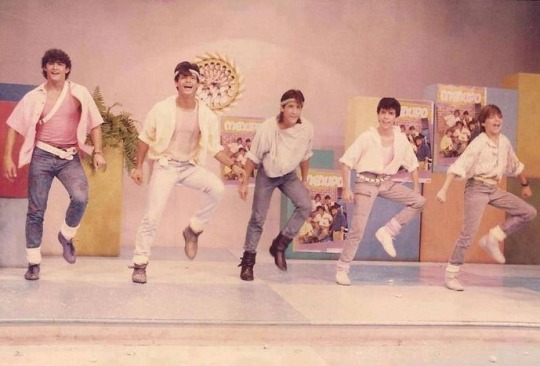
Menudo
1985
#menudo#retro puerto rico#charlie masso#robi rosa#draco rosa#roy rossello#raymond acevedo#ricky martin#1985#80s#vintage#pastels
18 notes
·
View notes
Video
youtube
Cocteau Twins & Roy Ayers - Lorelei Funk
The driving groove of Roy Ayers' Funk In The Hole adds an enourmous dancefloor propulsion to the distinct, hypnotic melody of Cocteau Twins' classic, heralding hymn to Lorelei. The two basslines just keep moving forward.
It´s amazing!
#youtube#cocteau twins#roy ayers#funk#goth#shoegaze#dream pop#new wave#jazz#jazzfunk#liz fraser#robin guthrie#simon raymonde#4AD#ubiquity#1980s music#1970s music#mashup#remix
8 notes
·
View notes
Text



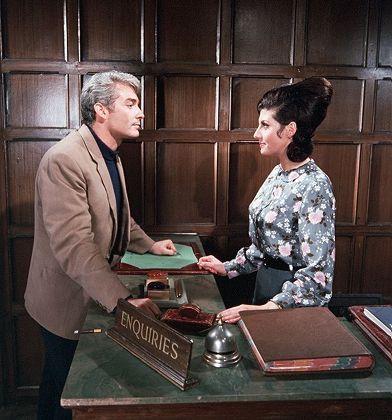
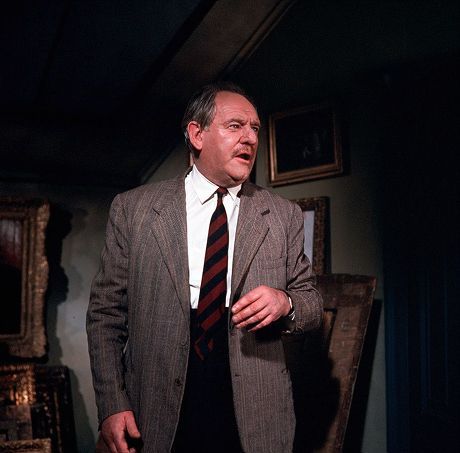


Man in a Suitcase: The Girl Who Never Was (1.9, ITC, 1967)
"Well, my fee's usually three hundred a week, plus expenses, but... you I'll charge double."
#man in a suitcase#the girl who never was#1967#robert tronson#donald jonson#richard bradford#bernard lee#priscilla morgan#harold goodwin#annette carell#david garfield#basil dignam#derek smee#raymond smith#jack bligh#vicki woolf#charles laurence#roy vincente#opens with one of the best pre credits sequences itc ever pulled off: a title card tells us it's noon‚ then that we're in San Vincenzo‚ and#only then‚ as the disconcerting image of ww2 soldiers emerging from smoke makes itself clear‚ do we get the year; 1944. what follows is an#impressively staged and presumably fairly costly battle scene‚ all the more bewildering for going straight into the opening titles without#any explanation of how this will involve McGill. it's a tale of wartime intrigue and buried secrets‚ hinging on a looted art treasure worth#a small fortune. Annette Carell is superbly sly as the wicked dealer employing McGill (but just as happy to cut him out of any profits) and#Goodwin a sympathetic traumatised old soldier. it's been a pleasant surprise so far to reference Pixley's bible and in fact find that#contrary to popular opinion‚ many guest stars had a high opinion of Bradford; unfortunately i knew going into this one that it wasn't the#case. Bernard Lee is perhaps the best known of the bust ups Bradford had behind the scenes; Lee was an alcoholic by this point and by#director Tronson's account arrived drunk and belligerent on set. a confrontation occurred‚ the details of which are lost to time (or have#been politely forgotten) but suffice to say that there was no love lost between Bradford and Lee‚ and despite only sharing one scene their#working relationship was so sour that it spiralled both men against each other (Lee's perceived unprofessionalism making Bradford angrier#which made Lee drink more which made Bradford angrier which made Lee drink more...). sadly it does show a little in stilted performances
2 notes
·
View notes